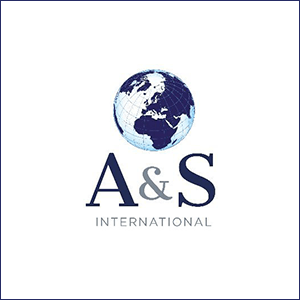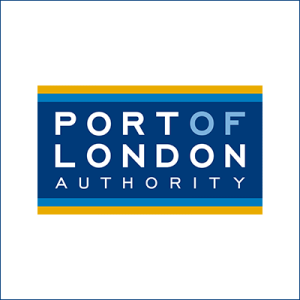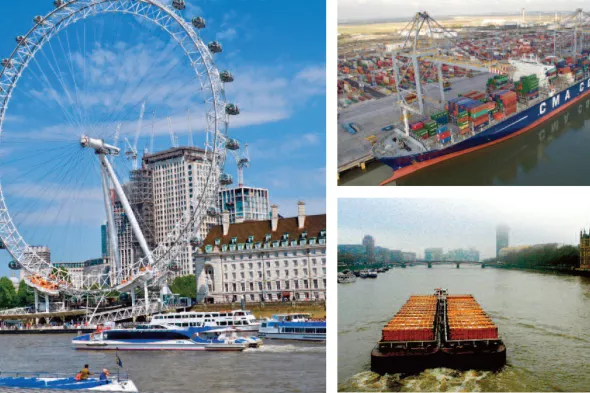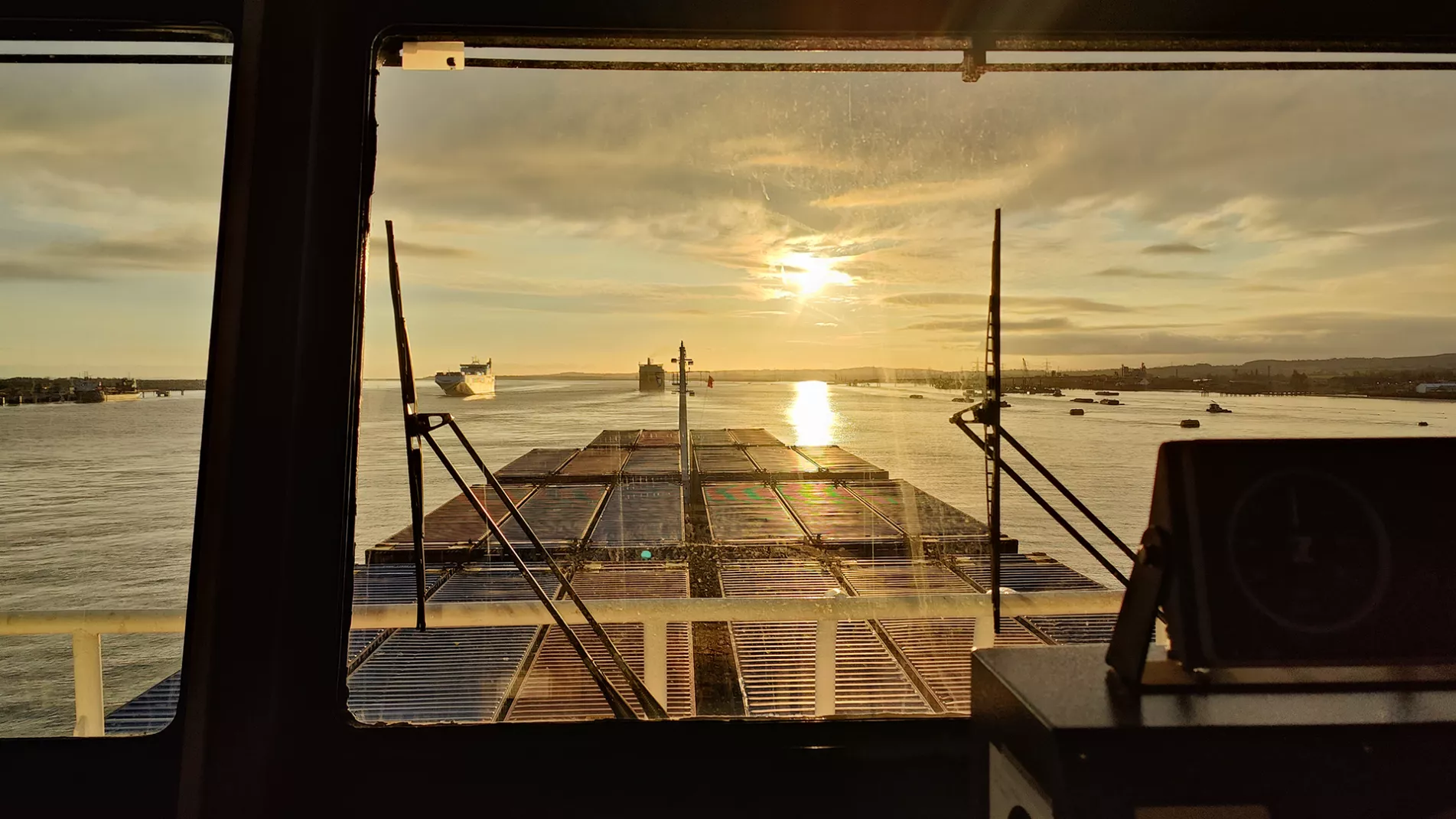Live Tides
NOTICES TO MARINERS
Charts & Surveys

Incident reporting
Life-threatening emergencies on the river:
Call 999 and ask for the Coastguard
For near miss, safety observations and incident reporting click below
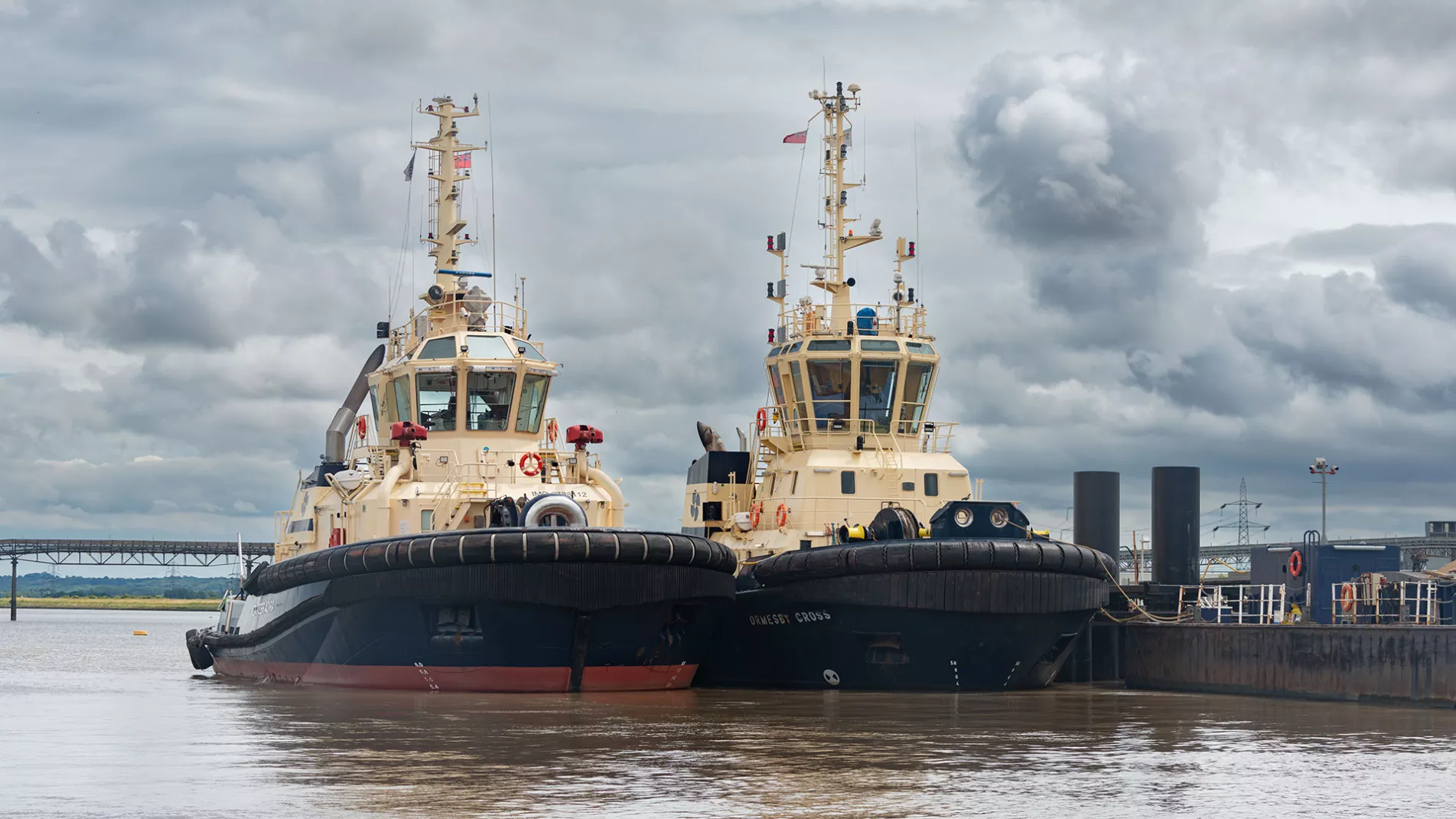
Thames Green Scheme
Working with inland operators to promote environmental innovations
Environmental performance indicator for UK inland waterways
Aim of the scheme:
- To demonstrate the environmental benefits of Thames operations; and to recognise the early adopters of new technologies and/or fuels that will reduce emissions to air;
- To help customers and businesses pick “green” transport options that suit their needs and values;
- To allow stakeholders to demonstrate their corporate social responsibility, drive environmental performance and promote sustainable business through joining the scheme as incentive providers.
Thames Green Scheme explained
The Thames Green Scheme (TGS) is a voluntary program for inland commercial operators on the River Thames. The aim of the scheme is to encourage improvements, innovations and generate environmental consciousness in the maritime sector. It also allows the customers of these services to make informed choices on operators who have the environment in mind.
The scheme supports the strategic vision of Clean Maritime 2050 and the Port of London Authority’s Thames Vision 2050.
Operators on the Thames can apply to the scheme free of charge to be numerically scored on the environmental performance of their fleet (including vessels but excluding moorings or barges) and wider organisation. Environmental categories that operators are scored on include air quality, water quality, waste, wildlife awareness, energy, and environmental management. The higher the applicant scores, the better the environmental performance of the operator, and based on the total score achieved across these categories operators can be awarded one of five tiers: bronze, silver, gold, platinum and diamond.
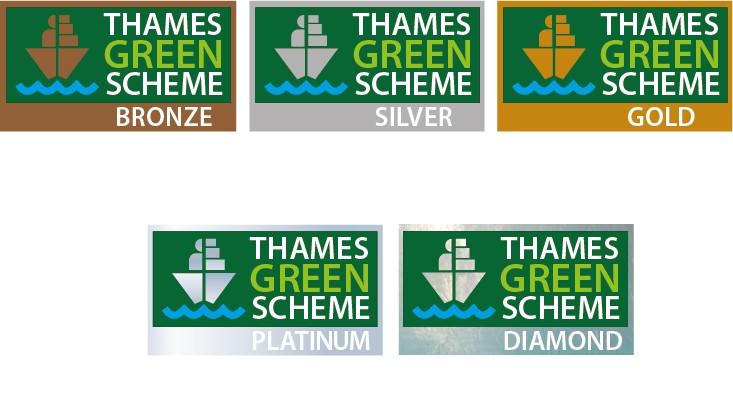
How the application process works
 Applicants must operate vessels within the Thames jurisdiction of the Port of London Authority (PLA) to be applicable for the scheme.
Applicants must operate vessels within the Thames jurisdiction of the Port of London Authority (PLA) to be applicable for the scheme.
Operators interested in applying to the scheme can begin the registration process at this link.
The PLA team will send the application via email. The forms to be completed are a ‘Thames Green Scheme Application Form’ and a ‘Vessel Information Form’. The applicant will send the completed application forms back to be scored by the PLA. The PLA may randomly request evidence to verify the information provided, this could be in the form of a photograph, certificate, or an invoice for example.
After scoring is complete the operator will receive a report of their score breakdown and a certificate stating which tier they have achieved. The operator can request promotional material in the form of large vessel stickers displaying their tier. Operator scores are reviewed on an annual basis (12 months after previous certification), or earlier if requested.
Scoring categories
Operators will be scored across six categories. Each category is scored out of a maximum of 4 points, and the average score across the categories is what determines the overall score and tier the operator is awarded.
Poor air quality is the largest environmental risk to public health in the UK, and with river traffic predicted to increase, operators and individuals in the marine sector have a responsibility to try and reduce these harmful emissions as much as possible. Operators can take steps to mitigate their emission to air by, for example, retro-fitting their fleet with technology that reduces emissions to air, or utilising alternative methods of propulsion such as bio-fuel, hybrid propulsion or fully electric.
In 2020, it was estimated that 33.8 million tonnes of commercial and industrial waste was sent to landfill in the UK. Conscious operators should make effort to reduce their waste production, recycle as much as they can or consider diverting their waste from landfill. Reducing the amount of waste you produce is the most significant way to reduce the impact of waste on the environment.
The Thames and its intertidal habitats are important ecosystems for many species, particularly birds, with around 300,000 birds overwintering here every year. We often have marine mammals make their way up the channel too. It is important for individuals working on the river to have an appreciation for this wildlife and its habitat as it can provide valuable information on the health of the river and other biological trends.
Some species in the Thames are however non-native. Invasive non-native species are cause for concern as they outcompete native species for food and space which can dramatically change an ecosystem. An example of this in the Thames is the Chinese Mitten Crab. It is important that operators are mindful of how their operations can facilitate the spread of invasive species and take steps to mitigate the risk, such as applying anti-biofouling paint to vessels, consideration of where you offload and uptake ballast water in the river etc.
In 1957, the Thames was declared biologically dead. Since then, thanks to cooperation from many different sectors, the Thames is once again a valuable habitat home to 125 fish species. It is the responsibility of operators on the river to be conscious of pollution prevention to improve the condition of the river in line with the objectives outlined in the PLA’s Thames Vision. Please see the Thames Vision.
In 2019 the government signed legislation that commits the UK to a legally binding target of net zero emissions by 2050. It is the responsibility of all operators to work towards this target in order to lessen the impacts of global climate change. Companies should be considering where their energy is sourced and how they can become more energy efficient.
Having an environmental management system demonstrates a company’s commitments to continuous improvement and record keeping, particularly when accredited to ISO14001. A particularly relevant example of a recording metric is accounting for your greenhouse gas emissions. These are separated out into 3 “scopes” by the Greenhouse Gas Protocol: Scope 1 – direct; scope 2 indirect from purchased energy; scope 3 – other indirect.
Accredited operators
As an operator, the Thames Green Scheme is a perfect way to showcase all the effort and work you put in to minimise impact on the environment from your operations.
All participants in the scheme will be able to use the Green Scheme endorsement logo in marketing and promotional material -- making it easier for customers to distinguish you as an environmentally-friendly operator.
You can use the scheme as a tool to support you in improving your environmental performance and become a leader in inland waterway transport best practice. We are also working with incentives providers to provide discounts on goods and services.

Gold-accredited Svitzer is global towage operator working across four regions and 30+ countries, including the River Thames and Medway.
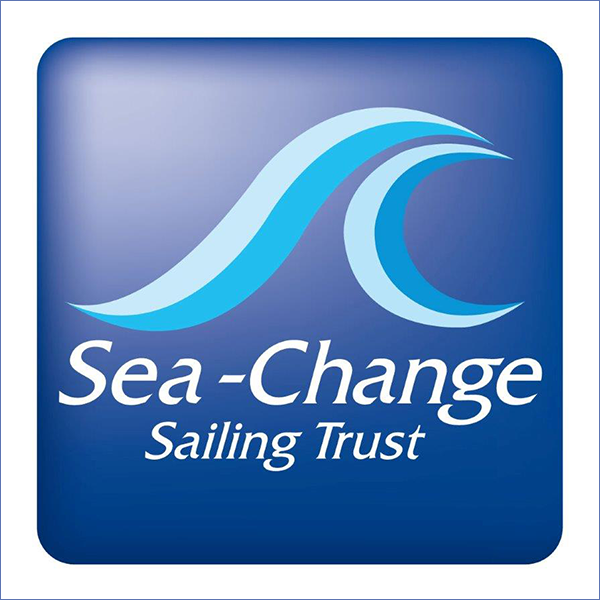
Gold-accredited Sea-Change provides residential opportunities for young people and vulnerable adults to learn and develop in a unique environment.

Gold-accredited Cory Group ensures that London has a clean and sustainable way of managing its recyclable and non-recyclable waste.
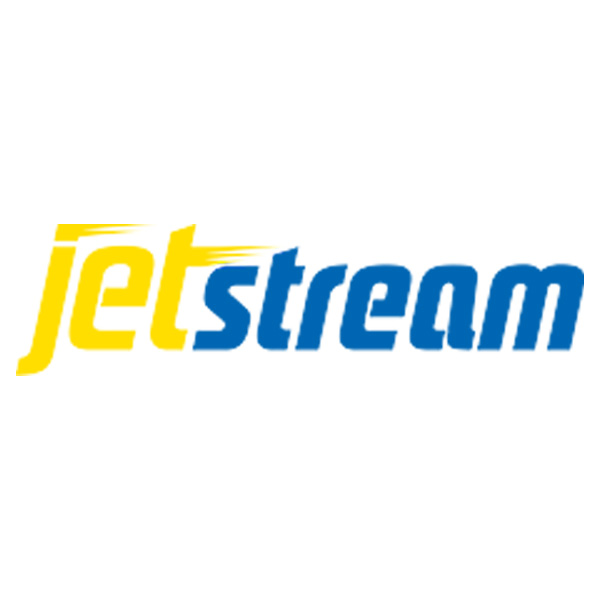
Silver-accredited Jetstream Tours is a leading operator for sightseeing on the rivers Thames and Medway, and provides ferry services.
Silver-accredited Uber Boat by Thames Clippers is London's river bus service, offering routes that call at a wide range of piers.
Incentive providers
We welcome stakeholders, including ports, shipping organisations, marine service providers, and suppliers, joining the Green Scheme as incentive providers, rewarding the early adopters and supporting their drive for better environmental performance.
It is a perfect way to demonstrate corporate social responsibility, drive environmental performance, and promote sustainable business.
Discover


